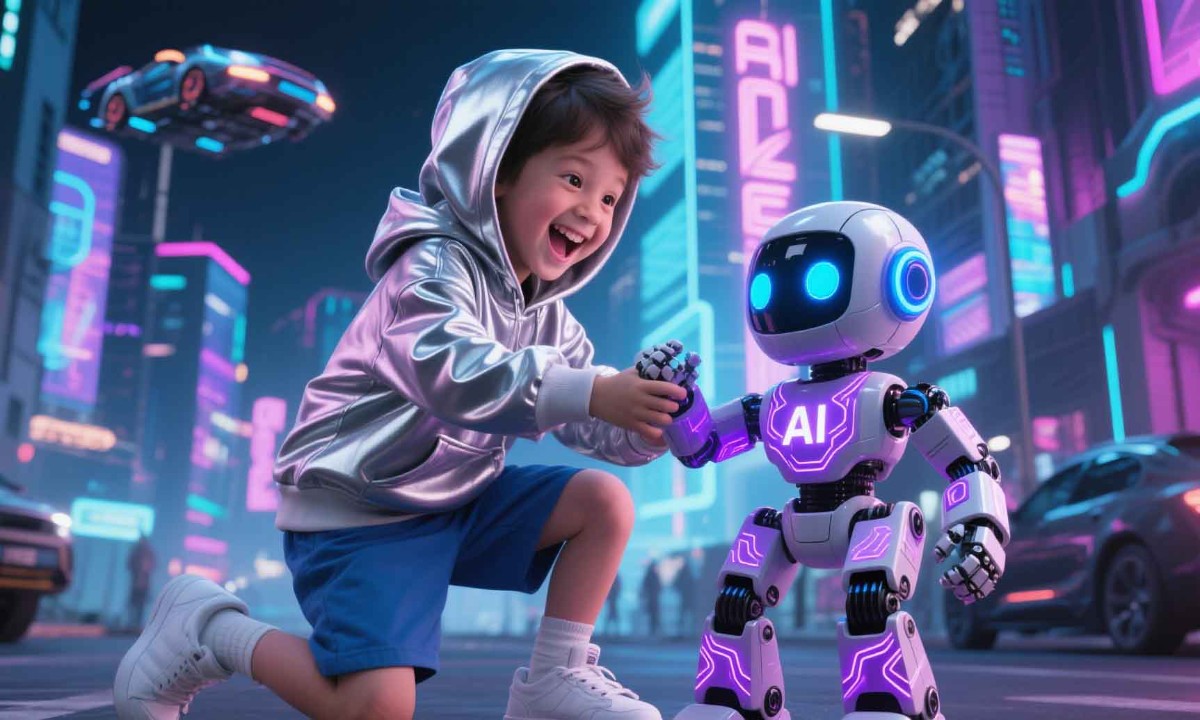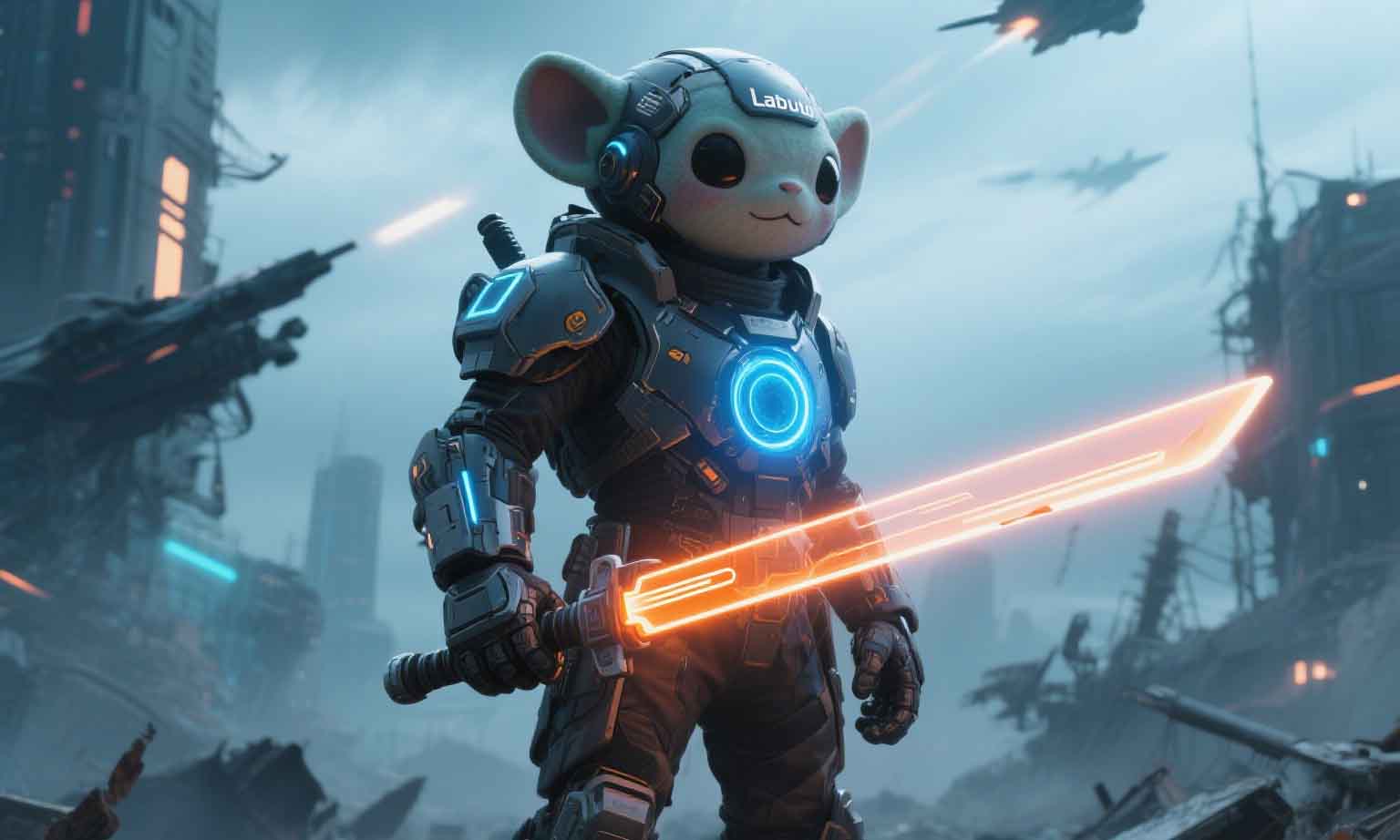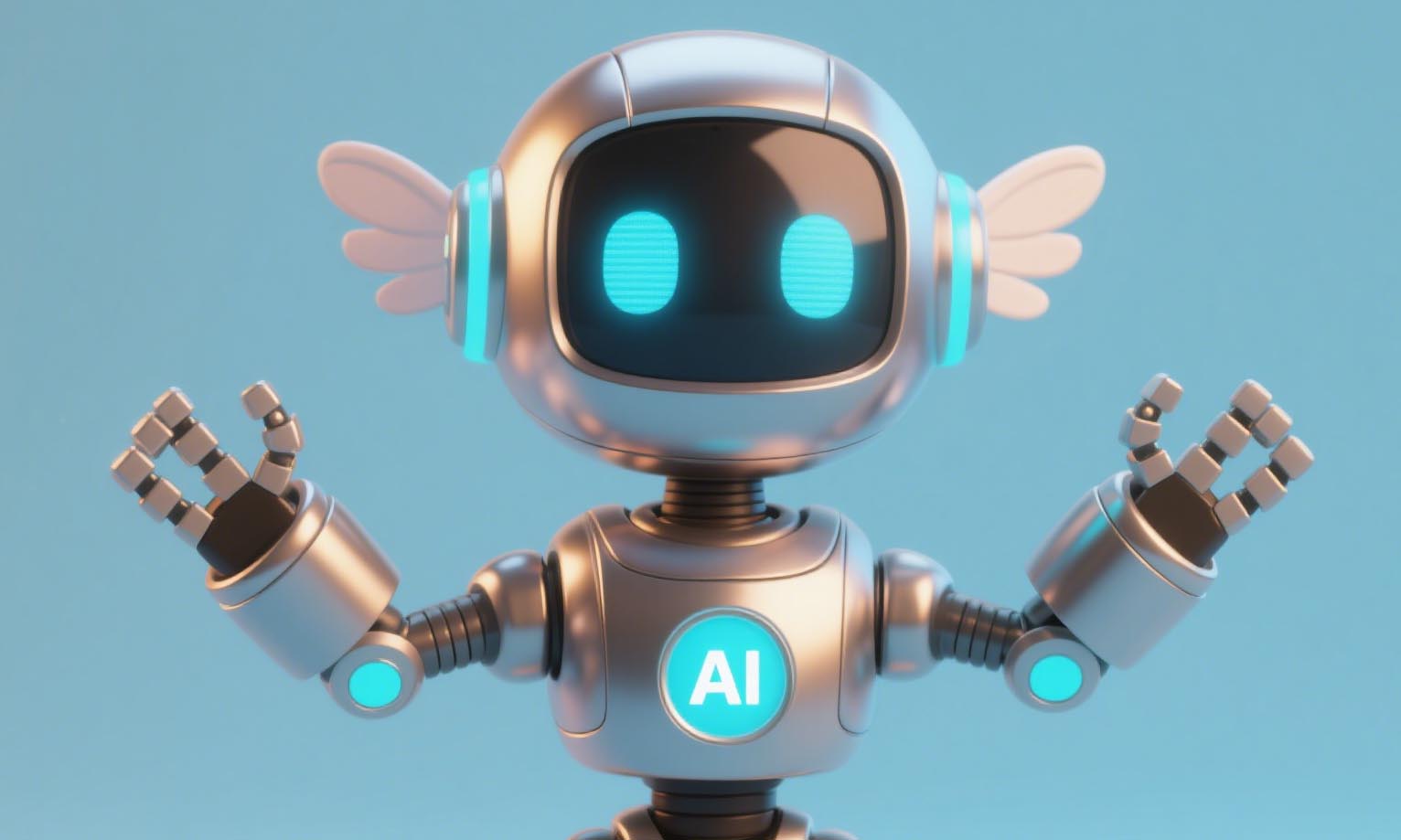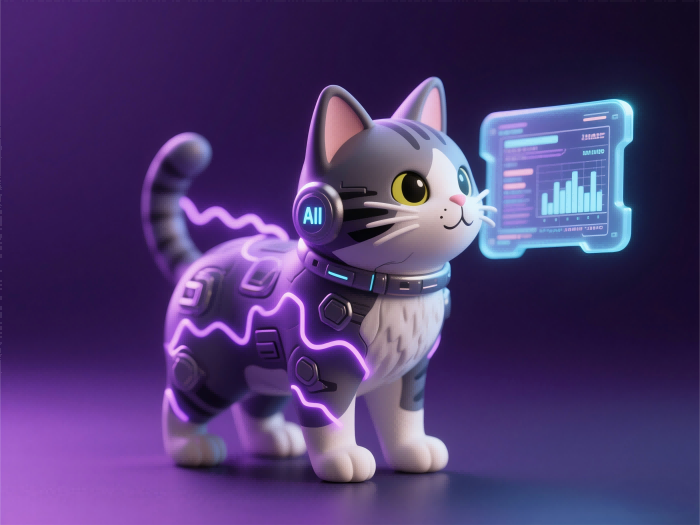AI-Powered Toys: Revolutionizing Childhood Development in the Digital Age
C 2025-06-02
The integration of artificial intelligence (AI) into children’s toys is reshaping playtime, transforming passive objects into dynamic, interactive companions that foster learning, emotional growth, and creativity. As the global toy market continues to expand, valued at over $130 billion and projecte
The integration of artificial intelligence (AI) into children’s toys is reshaping playtime, transforming passive objects into dynamic, interactive companions that foster learning, emotional growth, and creativity. As the global toy market continues to expand, valued at over $130 billion and projected to double in the coming years , AI-driven innovations are at the forefront of this transformation. By merging advanced technologies like natural language processing, machine learning, and sensor-based interactions, AI toys are redefining the boundaries of play, offering both unprecedented opportunities and critical challenges.
Adaptive algorithms analyze a child’s learning patterns, strengths, and weaknesses to deliver customized content. For example, the Roybi Robot uses facial recognition and voice analysis to adjust its teaching methods, providing over 500 lessons in STEM and language development . Similarly, Dash Robot by Wonder Workshop introduces coding and physics concepts through interactive games, allowing children to program movements and solve puzzles . These tools not only make learning engaging but also prepare children for a tech-driven future. Research highlights that AI-guided learning can significantly improve motor skills and cognitive development, particularly for children on the autism spectrum . However, the effectiveness of AI in education depends on balancing technology with human interaction. While AI can automate repetitive tasks and provide instant feedback, educators emphasize the importance of maintaining traditional teaching methods to foster critical thinking and emotional intelligence .
Robots like Cozmo by Anki engage children through playful conversations and gestures, encouraging social engagement . The Furby Connect goes a step further, using AI to learn from interactions and respond with evolving emotions, fostering empathy and communication skills . For children in remote areas or those with limited social opportunities, these toys can serve as virtual friends, reducing feelings of isolation. Yet, concerns arise about the limitations of AI in replicating genuine human connection. While robots can recognize basic emotions, they lack the nuanced understanding of human behavior. Studies warn that overreliance on AI companions may hinder children’s ability to form deep emotional bonds and navigate complex social dynamics . Parents and caregivers must remain actively involved to ensure that AI interactions complement, rather than replace, real-world relationships.
For instance, smart dolls like Hello Barbie (now discontinued due to privacy concerns) previously used voice recognition to engage children while raising awareness about potential risks . Future iterations could integrate biometric sensors to track vital signs or detect environmental hazards. AI algorithms might also analyze play patterns to identify early signs of developmental delays, providing parents with actionable insights . However, privacy remains a critical issue. AI toys often collect sensitive data, including voice recordings and personal preferences, which could be exploited by malicious actors. High-profile cases, such as the My Friend Cayla doll data breach, underscore the need for stringent regulations like the Children’s Online Privacy Protection Act (COPPA) . Manufacturers must prioritize data encryption and transparency to rebuild trust in these technologies .
Tools like Twin Science AI Toy allow kids to program robots and design interactive stories, blending coding with artistic expression . Generative AI models, such as GPT-4o, can generate personalized stories or adapt narratives based on a child’s input, sparking imagination . Additionally, AI-driven AR/VR toys, like Zivko the Robot, combine physical play with digital adventures, encouraging exploration and problem-solving . Critics argue that AI might stifle creativity by providing ready-made solutions rather than fostering independent thinking. However, proponents counter that AI can serve as a catalyst, offering endless possibilities while guiding children to explore their own ideas .
Bias in algorithms could perpetuate stereotypes, while overexposure to screens might impact physical activity and sleep patterns . To mitigate these risks, stakeholders must prioritize ethical design, including rigorous bias testing and age-appropriate content filters. International initiatives, such as the UNICEF’s Guidelines on AI for Children, advocate for inclusive and safe AI applications . Looking ahead, AI toys will likely become even more integrated into daily life, with advancements in robotics and natural language processing. Companies like Lego and Hasbro are already exploring AI-enhanced board games that adapt in real-time, ensuring balanced challenges for players . As technology evolves, the toy industry must strike a balance between innovation and responsibility, ensuring that AI remains a tool for empowerment rather than exploitation.
AI-powered toys are not merely gadgets; they are catalysts for a new era of play that integrates education, emotional growth, and innovation. By personalizing learning, fostering social skills, enhancing safety, and inspiring creativity, these toys hold immense potential to prepare children for the challenges of the 21st century. However, realizing this potential requires a collective effort from manufacturers, policymakers, and caregivers to address privacy concerns, ethical dilemmas, and the need for human-centered design. As AI continues to shape the toy industry, the true measure of its success will lie in its ability to nurture curiosity, resilience, and joy—qualities that define a healthy childhood. Ultimately, the future of AI in toys is not about replacing human interaction but augmenting it, creating a harmonious blend of technology and tradition that empowers children to thrive in an increasingly digital world.
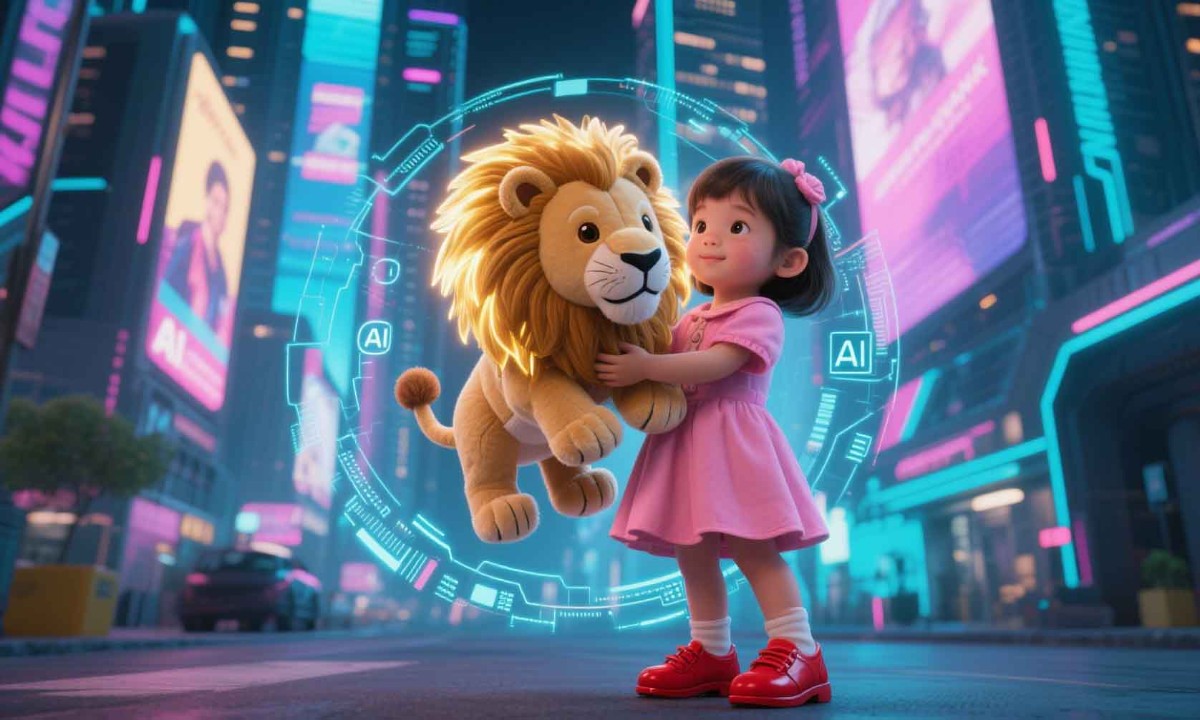
Personalized Learning and Educational Empowerment AI toys are revolutionizing education by tailoring experiences to individual children’s needs.
Adaptive algorithms analyze a child’s learning patterns, strengths, and weaknesses to deliver customized content. For example, the Roybi Robot uses facial recognition and voice analysis to adjust its teaching methods, providing over 500 lessons in STEM and language development . Similarly, Dash Robot by Wonder Workshop introduces coding and physics concepts through interactive games, allowing children to program movements and solve puzzles . These tools not only make learning engaging but also prepare children for a tech-driven future. Research highlights that AI-guided learning can significantly improve motor skills and cognitive development, particularly for children on the autism spectrum . However, the effectiveness of AI in education depends on balancing technology with human interaction. While AI can automate repetitive tasks and provide instant feedback, educators emphasize the importance of maintaining traditional teaching methods to foster critical thinking and emotional intelligence . 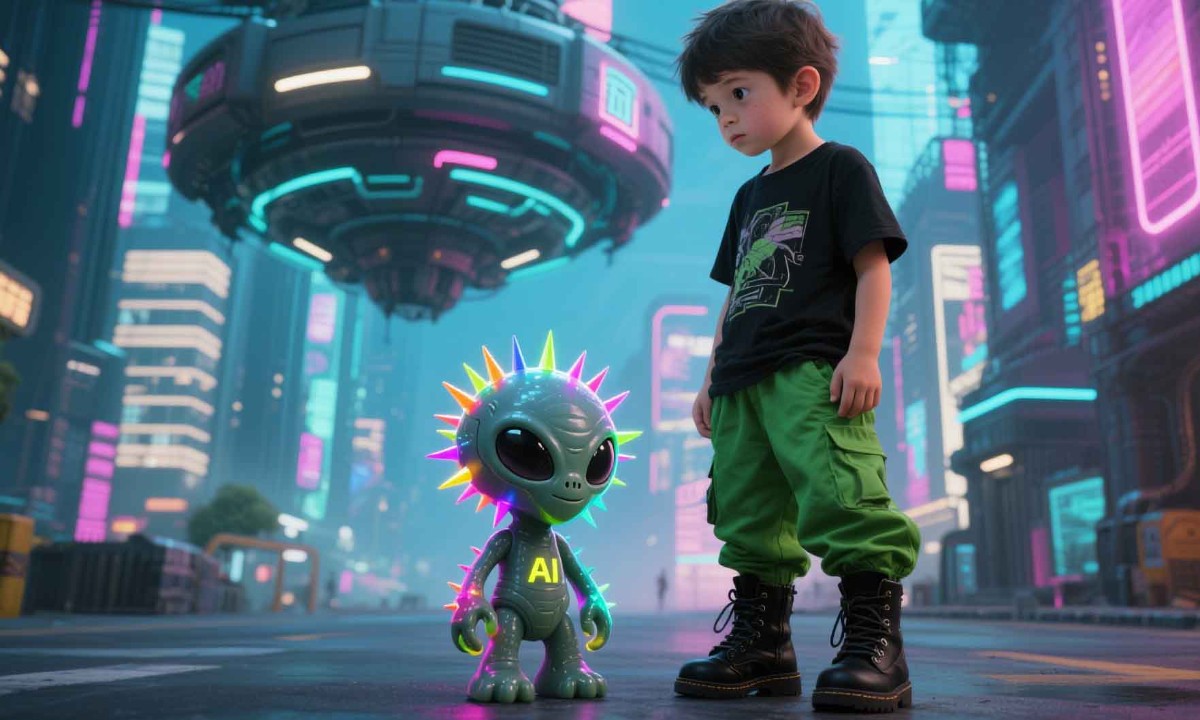
Emotional Companionship and Social Skills Development AI toys are increasingly designed to mimic human-like interactions, offering emotional support and companionship.
Robots like Cozmo by Anki engage children through playful conversations and gestures, encouraging social engagement . The Furby Connect goes a step further, using AI to learn from interactions and respond with evolving emotions, fostering empathy and communication skills . For children in remote areas or those with limited social opportunities, these toys can serve as virtual friends, reducing feelings of isolation. Yet, concerns arise about the limitations of AI in replicating genuine human connection. While robots can recognize basic emotions, they lack the nuanced understanding of human behavior. Studies warn that overreliance on AI companions may hinder children’s ability to form deep emotional bonds and navigate complex social dynamics . Parents and caregivers must remain actively involved to ensure that AI interactions complement, rather than replace, real-world relationships. 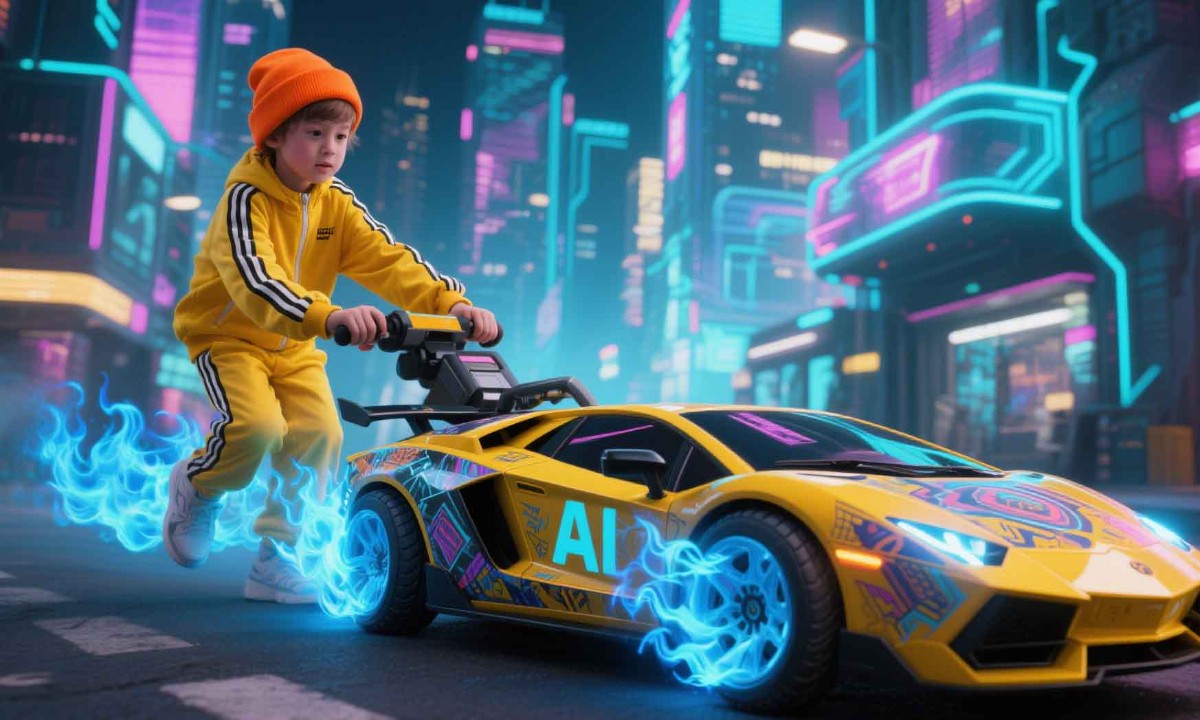
Safety Monitoring and Health Management AI toys equipped with sensors and IoT capabilities are emerging as tools for child safety and health monitoring.
For instance, smart dolls like Hello Barbie (now discontinued due to privacy concerns) previously used voice recognition to engage children while raising awareness about potential risks . Future iterations could integrate biometric sensors to track vital signs or detect environmental hazards. AI algorithms might also analyze play patterns to identify early signs of developmental delays, providing parents with actionable insights . However, privacy remains a critical issue. AI toys often collect sensitive data, including voice recordings and personal preferences, which could be exploited by malicious actors. High-profile cases, such as the My Friend Cayla doll data breach, underscore the need for stringent regulations like the Children’s Online Privacy Protection Act (COPPA) . Manufacturers must prioritize data encryption and transparency to rebuild trust in these technologies .